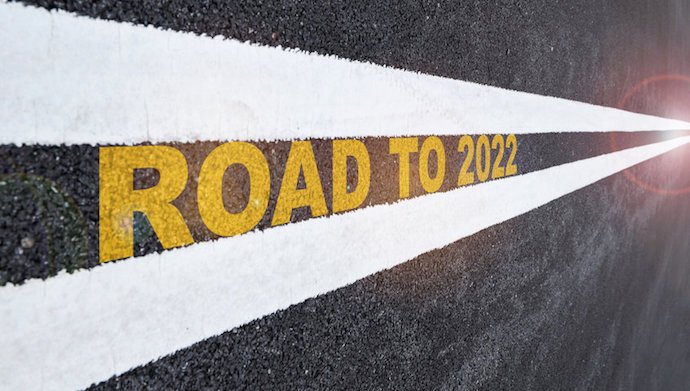
In 2021, the pandemic pushed technological advances forward faster than ever before, but significant changes are in store even more.
Over the past year, we saw the concepts of Web3 and the metaverse go from a distant aspiration to an accepted fact. In 2022, for the first time, a significant and growing number of people will learn what it’s like to live daily with these fast-emerging technologies.
A brief history of the internet
In the mid-1990s, the early forms of the internet were focused on providing universal access to centrally managed information and services. You might search property on propertyguru.com, read news on thestar.com.my, or look up directions on Google Maps.
Giving every person on the planet access to the sum of all human knowledge, as Wikipedia co-founder Jimmy Wales put it, is what we now call Web1.
Web2 began with the rise of social media and intelligent messenger platforms such as WeChat and WhatsApp, which allow consumers a bilateral interaction. While the term was coined in 1999, this model began to impact around 2005 significantly.
With Web 2, consumers could access central information repositories, just as before. But they could also create and share their content. In the Web1 model, users mainly were just consumers of information. In Web 2, they became creators of Facebook posts, blogs, YouTube videos, and much more.
The advent of Web 2.0 unleashed new business models and a torrent of creativity. Yet, the transformative potential of Web 2.0 has been limited because interactions among users still largely happen on a central platform.
Today, user-generated content is king, but that content is almost exclusively shared on a handful of large social media platforms worldwide. These platforms have become the most important lead generators for many industries.
Also Read: Hashed launches US$200M Fund II to back Web3 technologies
A challenge to the power brokers
We still live in a world of Web 2, but Web 3 is already emerging more quickly than either of its predecessors. Web3 is a catchall term for many ideas and technologies that lead to eliminating the middlemen that today manage your online interactions.
Your data and account information will belong exclusively to you. It will travel with you as you move from online shopping to news, to social media and so on.
Under Web3, information is no longer collated centrally by huge, gatekeeper companies such as Google, Facebook, and Grab.
Instead, it is generated and stored, decentralised, on and by your devices. Content can be shared among consumers and businesses without the involvement of a central platform.
Web3 will take the intermediary role away from institutions that have long exploited their position. In the future, data, home videos, and even legal contracts such as those embodied in NFTs will be protected and communicated by blockchain technology. This change will shake up our existing power structures in ways we still can’t entirely foresee.
The need for a central repository of information will be gone. Traditional financial institutions, classified websites, social media platforms and other pillars of society that have benefitted from their central roles in the flows of money and influence will all feel the impact.
The user’s experience will also be wildly different. Information will be shared in real-time through blockchain technology. Rather than waiting days for bank transfers, deposits, or other financial transactions to be completed, they will be instant and cost little or nothing.
Web3 will give users a multitude of new dimensions for access. One person may have multiple versions of themselves (digital twins) in the new virtual worlds that make up the metaverse. Large companies are responding by creating virtual worlds where their customers can engage, and invitation-only private domains are rising.
Digital-first countries will thrive
Dismantling central control will pose challenges to society, business and politics. Trust is an essential element of commerce that will have to be reset and redefined in the new era.
Change is unavoidable. How we respond to it will be essential. The evolution to Web3 will also give new and significant opportunities to those who embrace it. That includes governments, businesses, and individual consumers.
The companies that I advise are already exploring the potential of Web 3.0 and understand that it will create new challenges but also opportunities.
Also Read: The different ways the Web3.0 is enabling marketplaces
Countries such as Malaysia and Singapore, which have always been at the forefront of technological development, will benefit through faster economic growth and greater resilience against the shock caused by future events such as pandemics, extreme weather, and economic downturns.
And, when we think we have Web3 all worked out, the next shake-up will be just around the corner: quantum computing.
One well-known explorer has made their motto, “To infinity and beyond!”
–
Editor’s note: e27 aims to foster thought leadership by publishing views from the community. Share your opinion by submitting an article, video, podcast, or infographic.
Join our e27 Telegram group, FB community, or like the e27 Facebook page
Image credit: smshoot
The post To infinity and beyond: Why 2022 will be the year of Web3 appeared first on e27.

